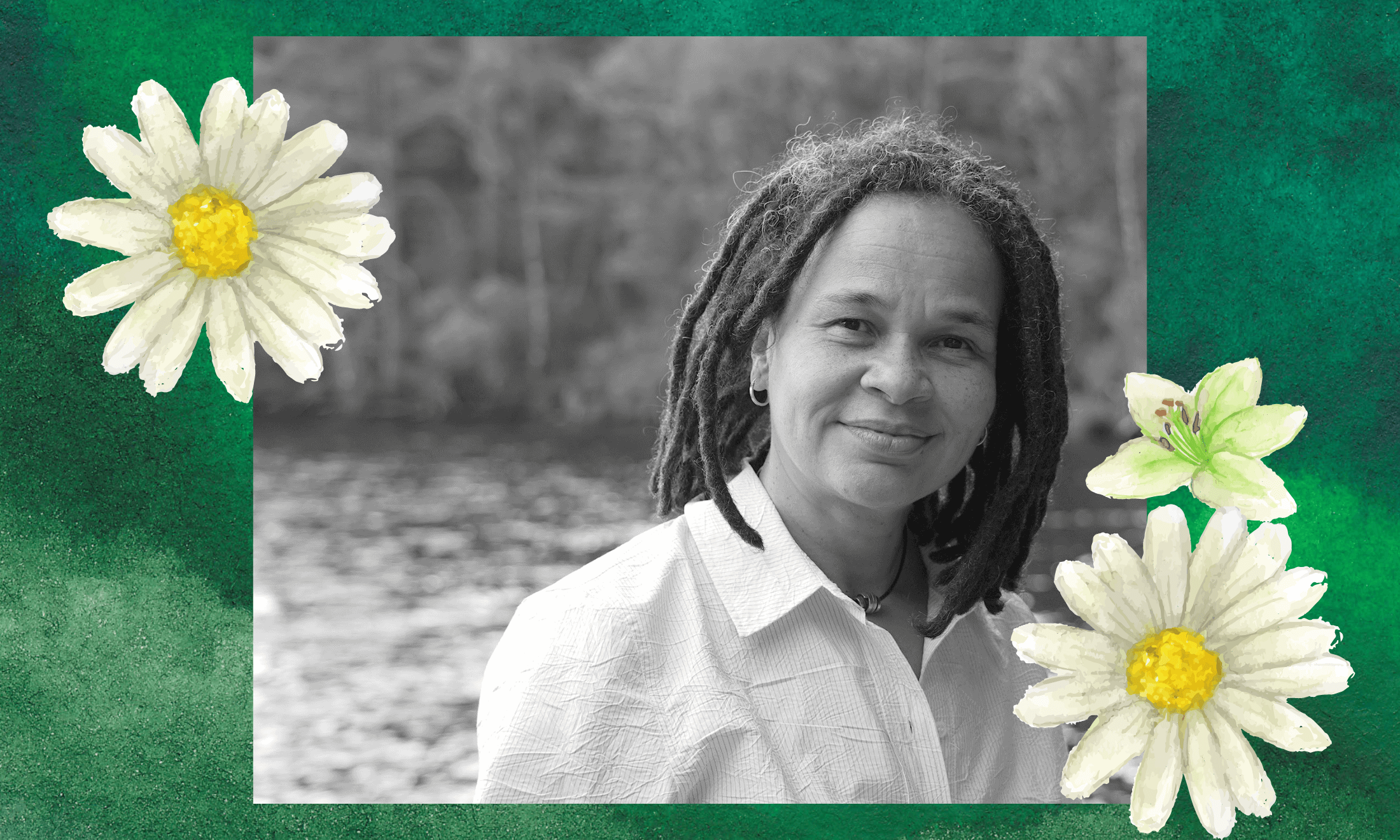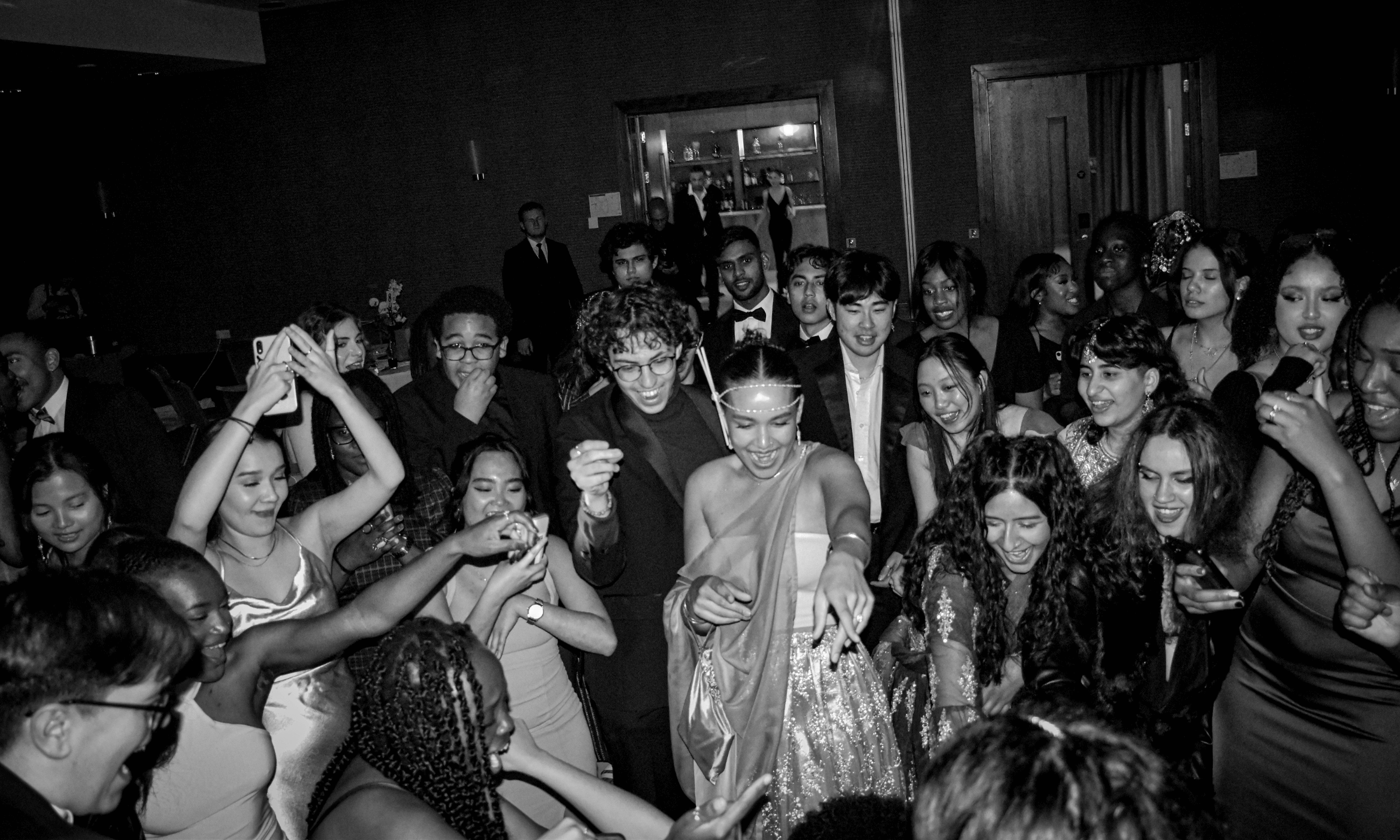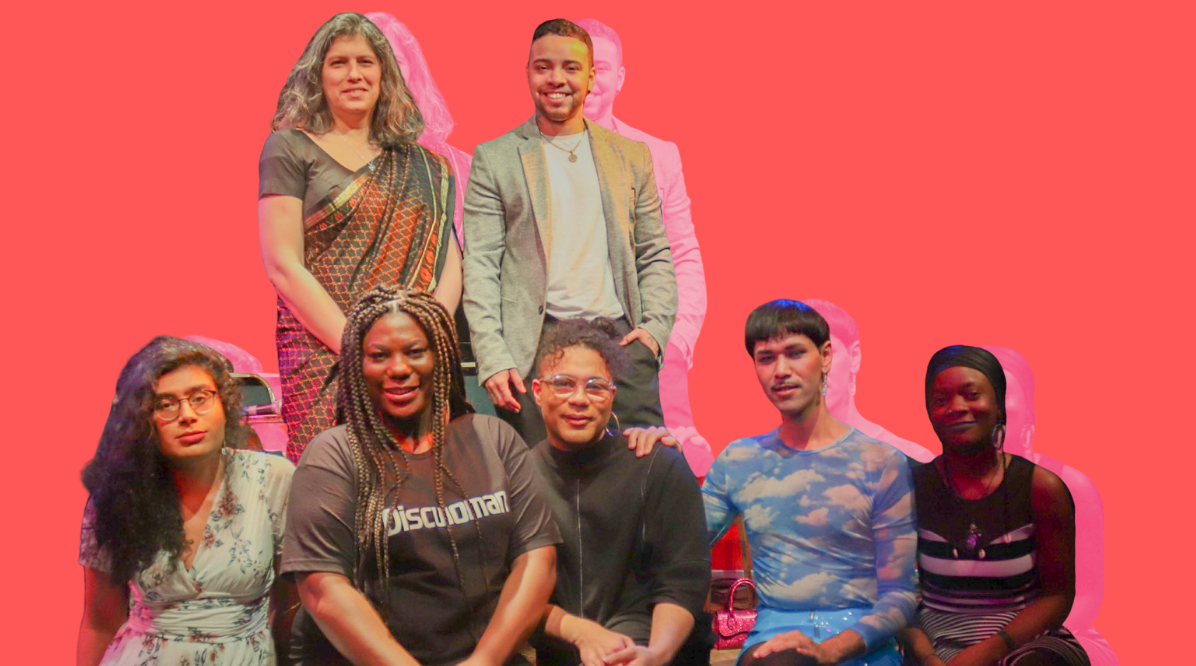
Image by Javie Huxley
The day Edward Enninful was announced editor-in-chief of British Vogue, so many eyes widened in excitement of the perceived upcoming changes. Soon enough, Enninful brought in beauty pioneers Pat McGrath and Funmi Fetto. It was a tiny step in the British magazine industry, which continues to see drops in readership.
I tweeted that this was now black Vogue: more black covers, creatives, skin tones and textures. But after Adwoa Aboah’s cover, the next was Taylor Swift, then Nicole Kidman and Margot Robbie. So, is it foolish to think that everything would change overnight? Maybe, but I am still somewhat happy to say five British Vogue 2018 covers featured people of colour (PoC).
Browse Instagram and mainstream beauty journalists are mostly white – somewhat like an exclusive country club membership. The inter-industry hiring of the same people means there is nothing new. Their pictures are often the same: magazine A beauty assistant is squeezed in next to magazine B beauty writer, whom she loves and can’t live without, as they hug magazine C beauty writer who they haven’t seen over pancakes and skincare in around two weeks. If you were to pick 15 beauty magazines, there are few black beauty assistants, junior writers, editors and beauty directors.
White beauty journalists’ lives are superficially portrayed; perfect manicures, train journeys to the Home Counties, “swag” for themselves or a friend, shelfies, and invites nestled in chocolate or flowers. They smile the same smiles and fawn over the latest celeb stylist to give them beach waves. It’s sad, tired and a perfect representation of why the British beauty magazine industry has not only come to a standstill but is in reverse.
“A magazine owes nothing, yet needs readers for everything”
The first magazine to alter my perception of myself was ElleGirl. My mum would cry as I looked at European beauty and lament my “bad” genes, obsessed with being thin and white. ElleGirl had no beauty tips for people like me. ElleGirl couldn’t tell me that I needed to spend eight hours on my hair to get it at its best. ElleGirl didn’t tell me that my circles and gap teeth weren’t bad, but a product of my Ghanaian heritage.
It didn’t reassure, educate or even care about me. Alice Casely-Hayford, the digital editor of Vogue, recently spoke to gal-dem and said: “When I was reading magazines or even stories as a child I never saw myself…in the pages or words.” ElleGirl later folded, as did my mental health and ability to love myself.
Magazines have to understand their impact. Why is the fight for women larger than size two a big deal? Because it matters that every single person who ingests media, especially now its consumption is at an all time high, does not feel so grossly targeted by a specific standard that they harm themselves in any way.
The fight for size diversity has been discussed for years. White plus size readers wanted to see women like them. When Ashley Graham debuted, plus size women everywhere relaxed while PoC were still holding banners, chanting for racial diversity in these industries.
A magazine owes nothing, yet needs readers for everything. A magazine needs people to read, buy and talk about it – and keep coming back to it. How do you make that happen if the rising generation of young people isn’t satisfied with the lack of representation? It makes sense to hire more people of colour to write, but yet, they don’t.
Even when prominent brown models are used for skin matching product campaigns, there is little to no range in the rest of the makeup collection, and many often style themselves on shoot or bring their own products. Why? Because there’s often little knowledge on what products work on PoC.
You can’t expect white people to write anything in detail about what a product can do for us because they can’t use it. They can’t tell you what would work on darker skin or about co-washing. Any product copy in a magazine written by a white beauty journalist about a product is most likely copied from reviews, other magazines, their few black friends, and the bottle.
“If British beauty journalists aren’t diversified soon, we will stop reading altogether”
During my internships within the beauty industry, I was the only mixed race black girl and was never asked to try anything to enhance research. The few beauty products targeted at PoC and featured in magazines are completely overpriced; meanwhile, despite a dollop amount being used for the photo shoot, it is then sold in the staff beauty sale for £3-5. A beauty product that wasn’t featured in the magazine can later be sold for £1.50.
While that’s happening, white-owned cosmetic companies and beauty editors will keep touting products as inclusive for people of colour. But ask a white beauty journalist to name two companies run by women of colour that aren’t Fenty or Juvia’s Place, and they’ll only know Huda Beauty and Beauty Bakerie.
They won’t know which brands are problematic or have racist histories – and they probably don’t care because it doesn’t affect them which shows because you’ll keep seeing problematic brand owners like Kat Von D, Jeffree Star and Huda Beauty, constantly marketed to the same people they don’t like. From this frustration, many of us are switching to brown- and black-owned brands because we want to give back to our own.
If British beauty journalists aren’t diversified soon, we will stop reading altogether. Upon creating a poll to 2.5k+ intersectional beauty lovers in a group page, I asked people of colour where they get their beauty tips and only 1.3% said Eurocentric websites and magazines – 79.2% said personal research, 31.7% voted friends, 21.1% voted Facebook, 18.5% voted Instagram, and 9.24% voted for Twitter and YouTube.
In January, the then beauty associate for Vogue, Lottie Winter praised the appalling shade range of the Laura Mercier Secret Camouflage Concealer as if it were groundbreaking. That speaks volumes. There is a giant gap in British beauty magazines for people of colour to become part of the readership and authorship. These magazines don’t just need to stay afloat but need to be fair, representative, and honest journalists who actually do their damn job.
Stop hiring clones with questionable ideas on representing PoC. Hire people of colour who can inform us of the small brands and businesses that make ground-breaking products. Hire people with vitiligo, with three different curl patterns on one head, and from varying cultures, so you don’t appropriate their backgrounds. Hire writers of colour who can relate to us.









